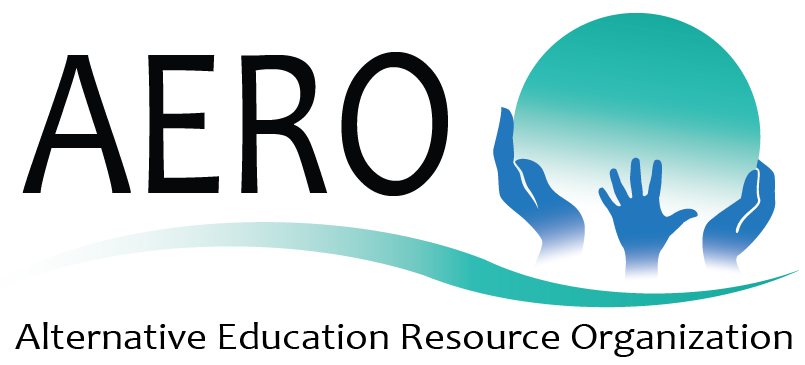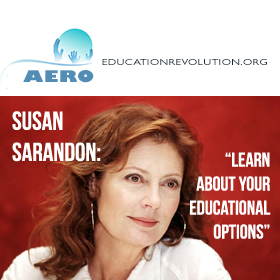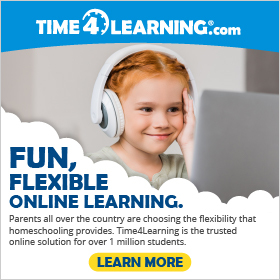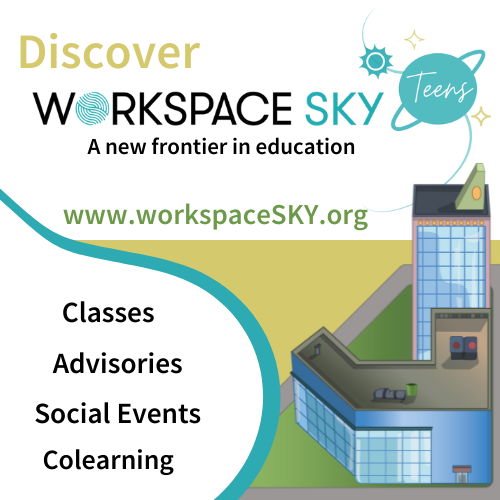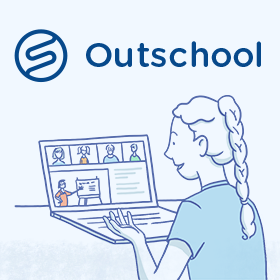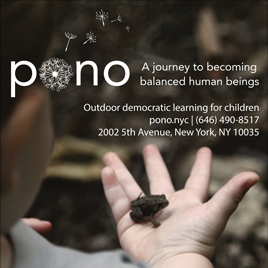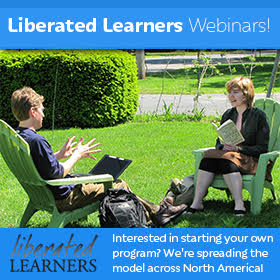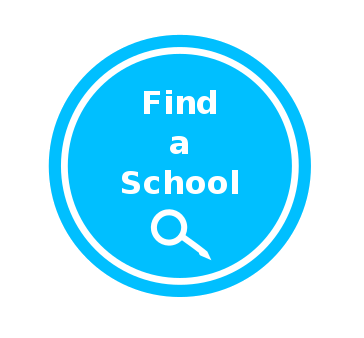What’s Going to Happen in September?
We established the Alternative Education Resource Organization 32 years ago with the mission of the Education Revolution: To make learner-centered education possible for students everywhere. We believe that children are natural learners and that this approach flows logically from that awareness.
Remarkably, the Education Revolution has happened, inadvertently, as a result of the pandemic. As educators around the world reached for alternatives when their schools were forced to close, some found the alternatives we had been promoting all along.They called it many things: virtual classes, distance learning, homeschooling, and later, pandemic pods. Some alternative educators argued that it wasn’t “really” homeschooling, for example, because they were simply doing “school at home.” But the reality was that real parents with real children were now responsible for their education. The paradigm had changed. Perhaps two billion people suddenly realized that going to the local assigned school wasn’t written in stone and that they had choices.
Now that the pandemic is ebbing in the United States and some other countries, people have asked me to predict what would happen now in education. At first, I ventured a prediction. Then I realized that to make a prediction now would be foolhardy. Things will certainly change in education, but it would be impossible to know what form they would take. But some things are becoming clearer.
When I saw the recent headlines that New York City, New York State and others would be ending virtual options for parents I was struck by the arrogance of their tone. Regular public schools are used to having a virtual monopoly and a captive audience. Those administrations seemed to have learned nothing from this dramatic educational experience or at least are desperate to go back to the previous situation when they had all the power. An AERO committee created a list of ways that schools could reopen in a more learner-centered way, but it was mostly ignored. They have been pushing the narrative of “learning loss” to scare people into going back. But that is not likely to happen. Parents and children now know they have choices and have experienced some of them.
When schools try to open in September without the virtual and other choices, I think those administrators are in for a big shock. One indication of that is what has happened in New York City: Personal attendance has been available for all students this school year, but, shockingly, 60% of the families kept their children at home! Of course, some part of that was simply because of health fears. But we don’t know what part. Does the system really believe that all of them will just obediently send their children back to school just because they say so?
In September this will be playing out everywhere. Previous to the pandemic only about 3% of children were homeschooling and a similar number were in other kinds of alternatives. I think that a much larger percentage of families won’t send their children back. There are many reasons for this: Some parents and children have discovered they the really like having school in their home. Some parents suddenly realized how creative and entrepreneurial their children were, and how boring and rigid the classes were that were being piped in through Zoom. And many parents will continue working from home. In a recent Newsday article it noted that 71% of employers want to continue some form of work from home “with only a quarter requiring full-time return to in-person attendance.” This really reflects the potential impact this will have on homeschooling.
Schools made the huge mistake of thinking the monologs from their teachers were the most important part of their school experience. Some weren’t even interactive. But the only thing most students missed about school was interacting with the other students. The system might have saved itself if this was realized. But very few set up systems by which the students could simply interact with each other.
One tired criticism of homeschooling often heard is what homeschoolers call “the S word,” socialization. But virtually all homeschoolers know that their children are being well socialized, experiencing a myriad of activities and situations every day. In fact, studies have shown this and have even expressed alarm at the narrow socialization public school students experience, with classes of children their same age, something they will never experience again in their lives after school.
So, what’s going to happen? Most likely the school year will start, and a surprisingly large number of parents won’t send their children to the school. Only then will administrators in the school system have to confront the reality that things have changed.
There is precedent for this. In California there have always been more homeschoolers than in other parts of the country. This represented a potentially huge loss of state funding for school systems. So in self-defense, almost all California school districts created “independent study” options. Essentially this was legitimizing homeschooling as a public school choice. This enabled school districts to claim homeschoolers as registrants. Some homeschoolers in California were worried that the system would try to co-opt the registrants back into the system, but decades later it hasn’t happened, because they knew the homeschoolers knew how to walk away, if necessary.
What does this mean for other states? It is a template for them to claw back the funding they might lose if a high percentage of parents simply left the system. For example, in New York State it is not legal to get credit from virtual learning. Ironically, this meant that last year every student in New York was technically truant and couldn’t get credit. But of course, that didn’t happen. So, this coming school year New York and many other states and countries will have to confront this phenomenon head on, and make some drastic changes in the way they do things, if they want to keep their funding.
Only then will we come to understand what the new educational landscape will look like.
Feel free to send feedback or to use this essay with a link to www.educationrevolution.org
Jerry Mintz
